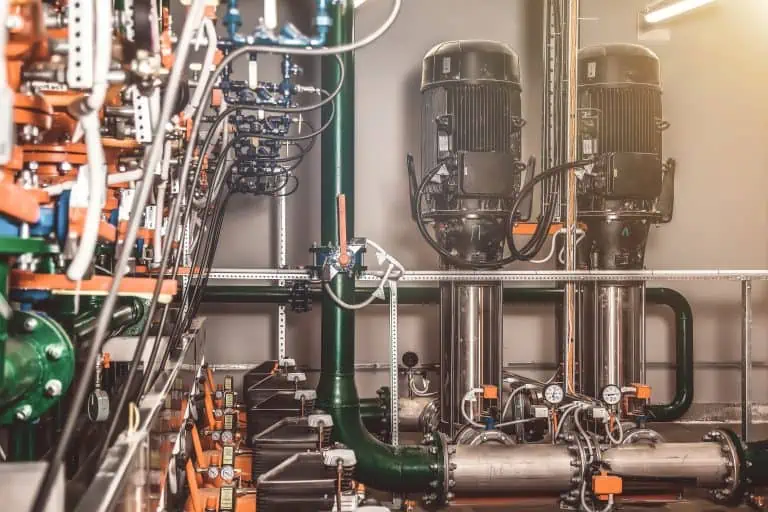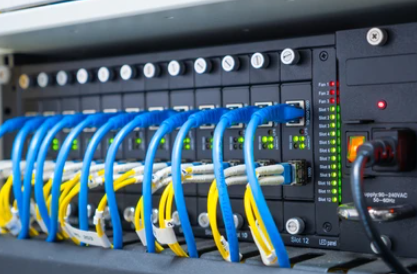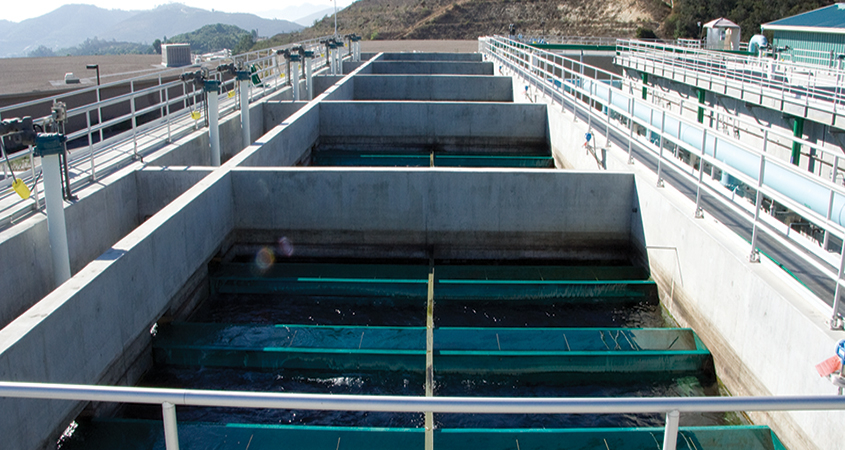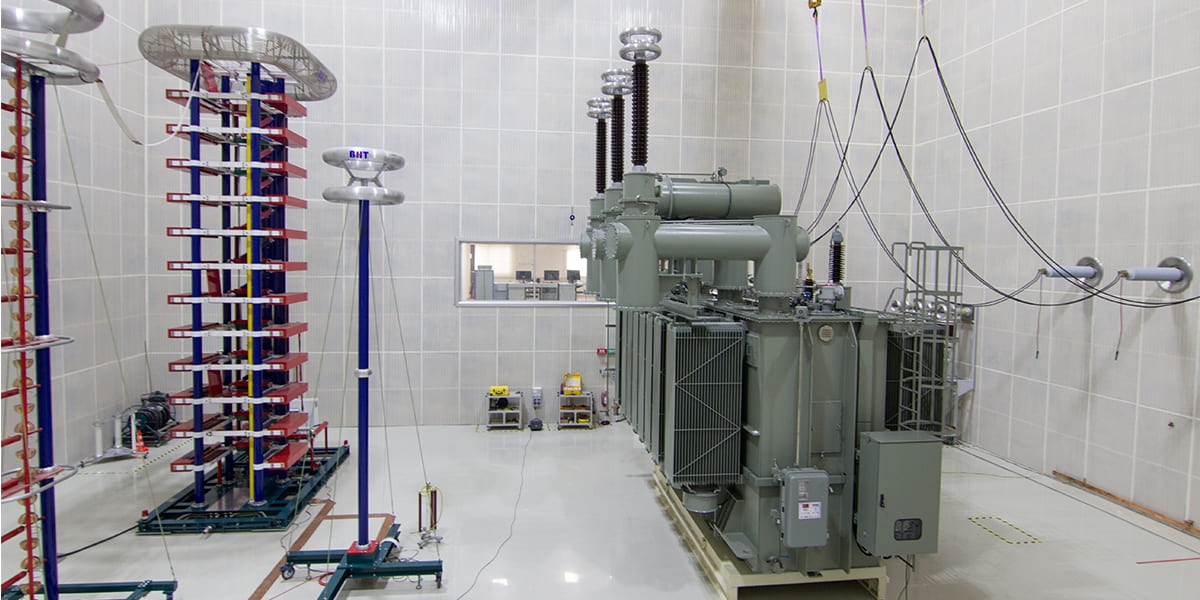The differential pressure transmitter function measures, converts and outputs the pressure difference between two locations to enable pressure monitoring, flow control and other functions in various industrial and commercial applications.
A differential Pressure Transmitter is a sensor device that measures the pressure difference between two locations. It is widely used in industrial and commercial scenarios to monitor fluid flow, filter clogging, pipeline clogging, process control, etc. The differential pressure transmitter functions will be introduced from pressure measurement, signal conversion, sensor technology, environmental adaptability, calibration and adjustment, data processing, and communication.

Pressure measurement
The main function of a differential pressure transmitter is to measure the pressure difference between two locations. These two locations can be different in the fluid system such as pipes, containers, filters, etc.
By measuring this pressure difference, the pressure changes inside the fluid system can be understood, allowing flow calculation, process control, or fault diagnosis to be performed.
Signal conversion

The differential pressure transmitter converts the measured pressure difference into a standard electrical signal output, usually an analog signal (such as 4-20mA, 0-5V, 0-10V) or a digital signal (such as Modbus, HART).
Such electrical signal output can be received and used by monitoring systems, control systems or data acquisition systems for further processing and analysis.
Sensor Technology
Differential pressure transmitters have built-in pressure sensor technology, usually using technologies such as piezoelectric sensors, resistive sensors, or semiconductor sensors.
These sensors sense the difference in pressure between two locations and convert it into an electrical signal.
Environmental adaptability
Differential pressure transmitters usually have good environmental adaptability and can adapt to the requirements of various industrial and commercial environments, including high temperature resistance, corrosion resistance, waterproof and dustproof properties.
This allows differential pressure transmitters to be widely used in chemical, pharmaceutical, food processing, water supply and gas supply, HVAC and other industries.
Calibration and adjustment
To ensure measurement accuracy, differential pressure transmitters can often be calibrated and adjusted. This can be achieved via external devices or automated calibration procedures.
Calibration and adjustment eliminate errors and ensure accurate and reliable pressure measurement output.
Data processing and communication
Advanced differential pressure transmitters often have data processing capabilities that allow the measurement data to be processed, stored, and transmitted.
They may communicate with monitoring systems, PLC (programmable logic controllers), DCS (distributed control systems) and other equipment to achieve remote monitoring and control.
To sum up, the differential pressure transmitter function includes measuring pressure difference, signal conversion, sensor technology, environmental adaptability, calibration adjustment, data processing and communication, etc., so the differential pressure transmitter is an indispensable and important equipment in fluid system monitoring and control.






